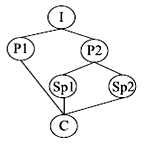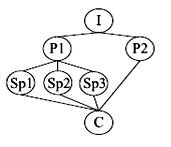题型:阅读理解 题类:模拟题 难易度:普通
北京市西城区2018届高三英语第一次模拟考试试卷
Ownership used to be about as straightforward as writing a cheque. If you bought something, you owned it. If it broke, you fixed it. If you no longer wanted it, you sold it or threw it away. In the digital age, however, ownership has become more slippery. Since the coming of smartphones, consumers have been forced to accept that they do not control the software in their devices; they are only licensed to use it. As a digital chain is wrapped ever more tightly around more devices, such as cars and thermostats, who owns and who controls which objects is becoming a problem. Buyers should be aware that some of their most basic property rights are under threat.
The trend is not always harmful. Manufacturers seeking to restrict what owners do with increasingly complex technology have good reasons to protect their copyright, ensure that their machines do not break down, support environmental standards and prevent hacking. Sometimes companies use their control over a product's software for the owners' benefit. When Hurricane Irma hit Florida this month, Tesla remotely updated the software controlling the batteries of some models to give owners more range to escape the storm.
But the more digital strings are attached to goods, the more the balance of control leans towards producers and away from owners. That can be inconvenient. Picking a car is hard enough, but harder still if you have to dig up the instructions that tell you how use is limited and what data you must give. If the products are intentionally designed not to last long, it can also be expensive. Already, items from smartphones to washing machines have become extremely hard to fix, meaning that they are thrown away instead of being repaired.
Privacy is also at risk. Users become terrified when iRobot, a robotic vacuum cleaner, not only cleans the floor but also creates a digital map of the inside of a home that can then be sold to advertisers (though the manufacturer says it has no intention of doing so). Cases like this should remind people how jealously they ought to protect their property rights and control who uses the data that is collected.
Ownership is not about to go away, but its meaning is changing. This requires careful inspection. Devices, by and large, are sold on the basis that they enable people to do what they want. To the extent they are controlled by somebody else, that freedom is compromised.
I: Introduction P: Point Sp: Sub-point (次要点) C: Conclusion
 B、
B、 C、
C、 D、
D、
试题篮